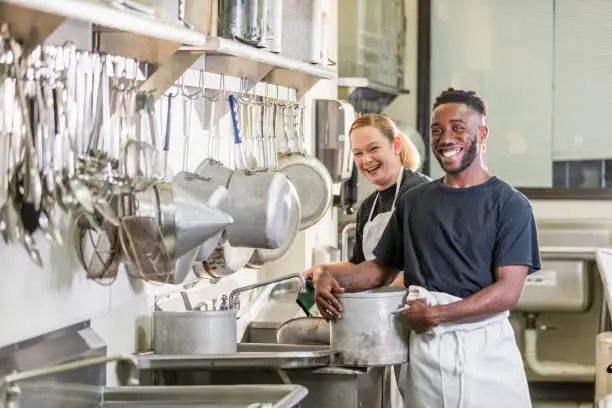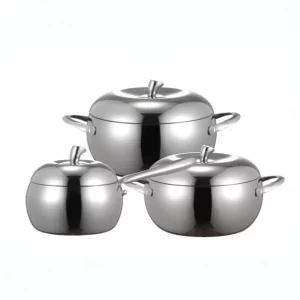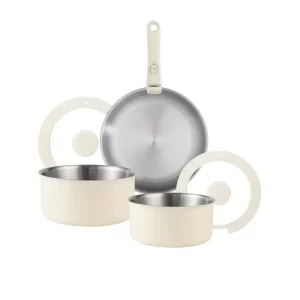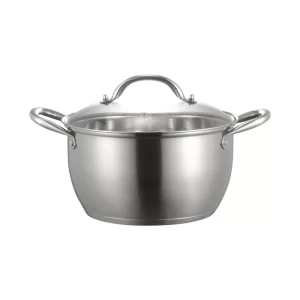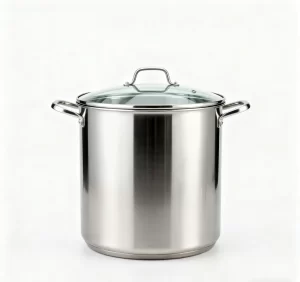From the frying pans supplied by China frying pan suppliers to the stockpots and baking trays covering restaurant cookware wholesale, cookware lifespan directly affects your clients’ operational costs — and your brand’s after-sales pressure and repeat order rate.
At Chancescook, we don’t just produce durable commercial cookware — such as pots made from 18/10 chromium-nickel alloy — we also help our partners ensure these products last by providing a cookware care guide. Because in the cookware business, a longer lifespan means stronger client loyalty.
Como fabricante profesional de baterías de cocina de acero inoxidable with decades of experience, Chancescook understands one thing deeply: in commercial kitchens, stainless steel cookware is never a “disposable item.” They can be preserved for decades as long as we take care strategically.
Índice
ToggleZero-Cost Preparation: What Clients Already Have for Cookware Care
Your clients don’t need fancy or expensive cleaners to do cookware care. Everything required already exists in most commercial kitchens:
Soft cloths/non-scratch sponges: Microfiber cloths are the “gold standard” for commercial settings. They wipe away grease without scratching, even with a dozen uses a day. A critical reminder for clients: never use steel wool! Our factory’s quality control team receives after-sales cases of “steel wool-scratched surfaces” weekly. Not only does this damage the cookware’s passivation protective layer (accelerating rust), but it also leads clients to ask you for replacements—a hassle every proveedor de utensilios de cocina de acero inoxidable should avoid.
Baking soda + white vinegar: These pantry staples are a “cleaning hack” our factory inspectors swear by! After weekend promotions at restaurants, stacks of baking trays are often caked with fried chicken residue. Mix baking soda with warm water into a toothpaste-like paste, let it sit for 10 minutes, then wipe with a sponge—it works better than industrial cleaners.
Non-abrasive stainless steel cleaners: No need for expensive options—any product labeled “for stainless steel” at supermarkets works. Advise clients to avoid industrial strong-acid cleaners: they “strip away” the cookware’s glossy finish, making it look worn in no time. For you handling private label cookware, a “worn-out” look on your clients’ pots is essentially eroding your brand’s quality perception.
Plastic/silicone spatulas: Discourage clients from using metal spatulas for convenience! As China Skillet factories, our product tests show that scratches from metal spatulas are not just unsightly—they trap food residue, leading to odors over time. This is a hygiene red flag for restaurants, and clients will ultimately come to you for “answers.”
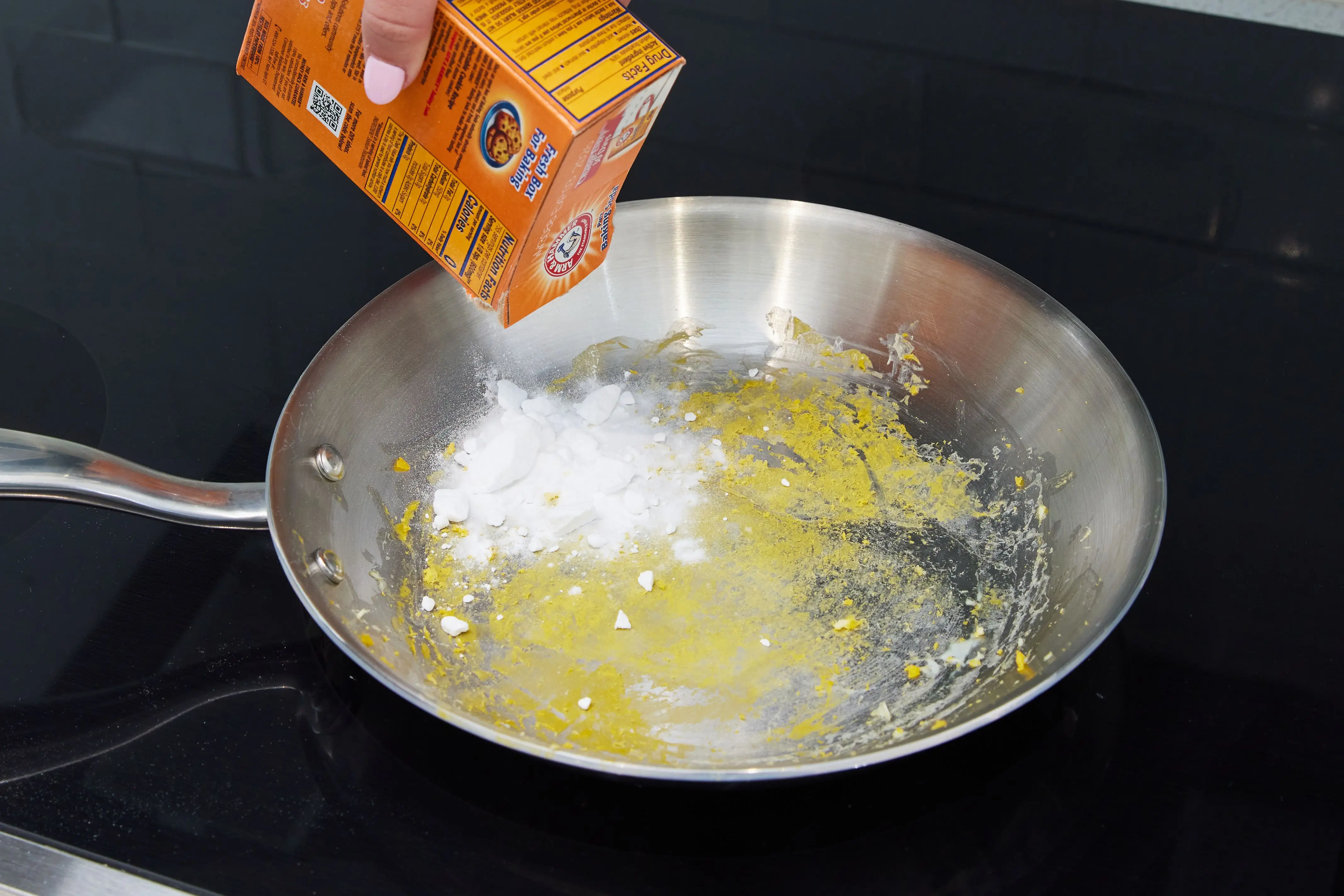
5-Minute Daily Cleaning Routine for Busy Kitchens
Commercial kitchens are fast-paced. That’s why our factory engineers designed a quick daily cookware care routine that fits into service workflows — no downtime required.
Rinse while the pan’s still warm – don’t wait for it to cool! Right after cooking, rinse the pan with warm (not boiling!) water. This simple step prevents food residue from hardening, so you won’t need to scrub hard later. If you wait for the pan to cool, residue sticks like glue—your clients’ chefs will have to scrape with hard sponges, leaving scratches over time. For those in restaurant cookware wholesale, reducing this “unnecessary wear” saves clients money and cuts down on complaints like “the pan doesn’t last long.”
Use regular commercial dish soap – no need for “specialty” products! Commercial dish soap works perfectly—no extra cost required. Tell chefs to use a soft sponge and wipe both inside and outside: don’t assume a dirty exterior doesn’t matter! Diners in open kitchens spot greasy pot exteriors instantly, and it makes the restaurant look unprofessional. Our cookware uses an 18/10 chromium-nickel alloy for the base, which is durable, but even tough surfaces can’t withstand hard scraping.
Dry immediately after washing – no water spots! Most commercial kitchen water has minerals, which leave white spots if not dried promptly. Teach clients a trick: wipe along the stainless steel’s grain (the fine lines on the surface). This not only eliminates water spots but also restores the cookware’s original shine. For you serving high-end restaurant clients, “like-new” cookware in their kitchens strengthens your image as a “reliable supplier.”
- Factory tip: Gentle daily cleaning reduces “premature wear” by 30%, according to our after-sales data from restaurant cookware wholesale clients.
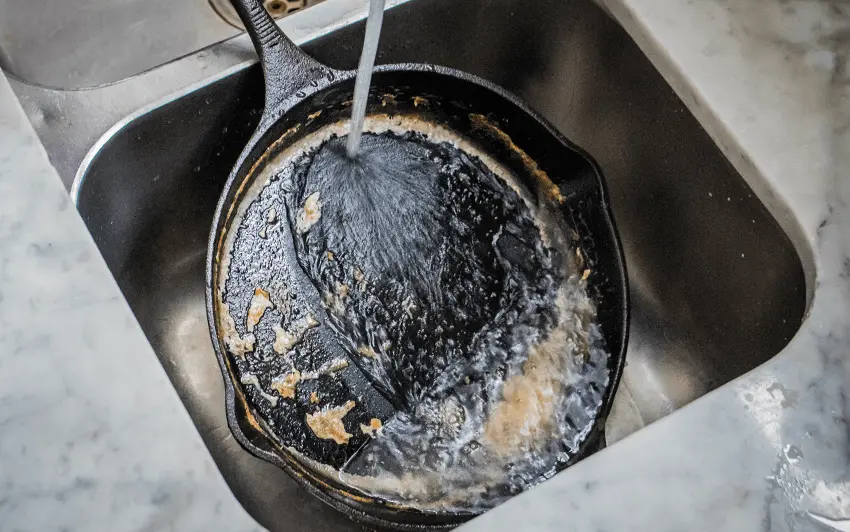
Advanced Cleaning: Fixing Burnt-On Gunk & Stubborn Stains
Even with daily cookware care, commercial kitchens still face “nightmares”—stuck sauce, burnt braised pork, or white spots from dishwashers. Don’t let clients panic—our factory has long had solutions for these:
Baking Soda Paste: The “All-Purpose Fix” for Mild Burnt Gunk
Mix 2–3 tablespoons of baking soda with warm water into a toothpaste-like paste. Have clients spread it on the stained area, let it sit for 5–10 minutes (perfect during lulls between orders), then wipe with a non-scratch sponge. When we provided after-sales support for a burger chain that ordered from our OEM fry pan exporters service, their baking trays were caked with patty residue after weekend promotions—this method cleaned them in minutes, and the client later added 200 more units to their order. This is the logic of “solve clients’ problems, earn more orders.”
Vinegar-Water Solution: Tackle Dishwasher Spots & Grease
Commercial dishwashers are fast but often leave mineral spots; grease buildup from frying also dulls cookware. Advise clients to fill the pan halfway with equal parts white vinegar and water (e.g., 1 cup each), bring to a boil, then simmer for 3–5 minutes. The vinegar’s acidity dissolves minerals and cuts grease—no scrubbing needed. As China frying pan suppliers, we know many clients’ restaurants rely on dishwashers, so this method is tailor-made for that scenario: simple and time-saving.
Boiling Water Trick: Conquer “Hardcore” Burnt-On Gunk
For thick burnt layers on the bottom (common after searing steaks or braising beef), tell clients to add 1–2 inches of water to the pan, bring to a boil, and simmer for 10–15 minutes. Our cookware’s multi-layer clad base can handle boiling water without warping. Once cooled, a plastic spatula easily scrapes off the burnt gunk—far faster than a chef scrubbing for half an hour. This is a trick passed down by our factory’s senior craftsmen, and it works wonders on “the most stubborn burnt residue.”
Prevention First: Extend Cookware Lifespan by 5+ Years
As your cookware factory, we firmly believe: “preventing damage is better than fixing it.” Share these cookware care habits to extend cookware lifespan with your clients:
- Skip constant high heat – medium heat is enough! We know commercial kitchens prioritize “quick stir-fries,” but high heat is just “false efficiency.” Our 18/10 chromium-nickel alloy conducts heat evenly—medium heat handles 90% of dishes (stir-frying greens, frying eggs, simmering soups). It also avoids rainbow tints on the pan surface. While harmless, these tints are an eyesore in open kitchens and make diners think the restaurant is unprofessional. For you, helping clients avoid this “unnecessary replacement” builds trust.
- Soak weekly in hard water areas – no more scale! Many regions have hard water in commercial kitchens, which leaves scale that’s hard to scrub. Tell clients to soak Chancescook pans in a 3:1 water-to-vinegar mixture for 10 minutes weekly. This dissolves minerals before they leave spots—no more scrubbing later. When we trained kitchenware supplier clients in northern China (a hard water region), they reported a 50% drop in “scale complaints.”
- Polish every 2–3 weeks – minor scratches disappear! Affordable stainless steel polish (widely available) smooths minor scratches from daily use and restores the original shine. For restaurants with open kitchens, this keeps the space looking professional. For private label cookware clients, maintaining this “like-new” look preserves your brand’s professionalism.
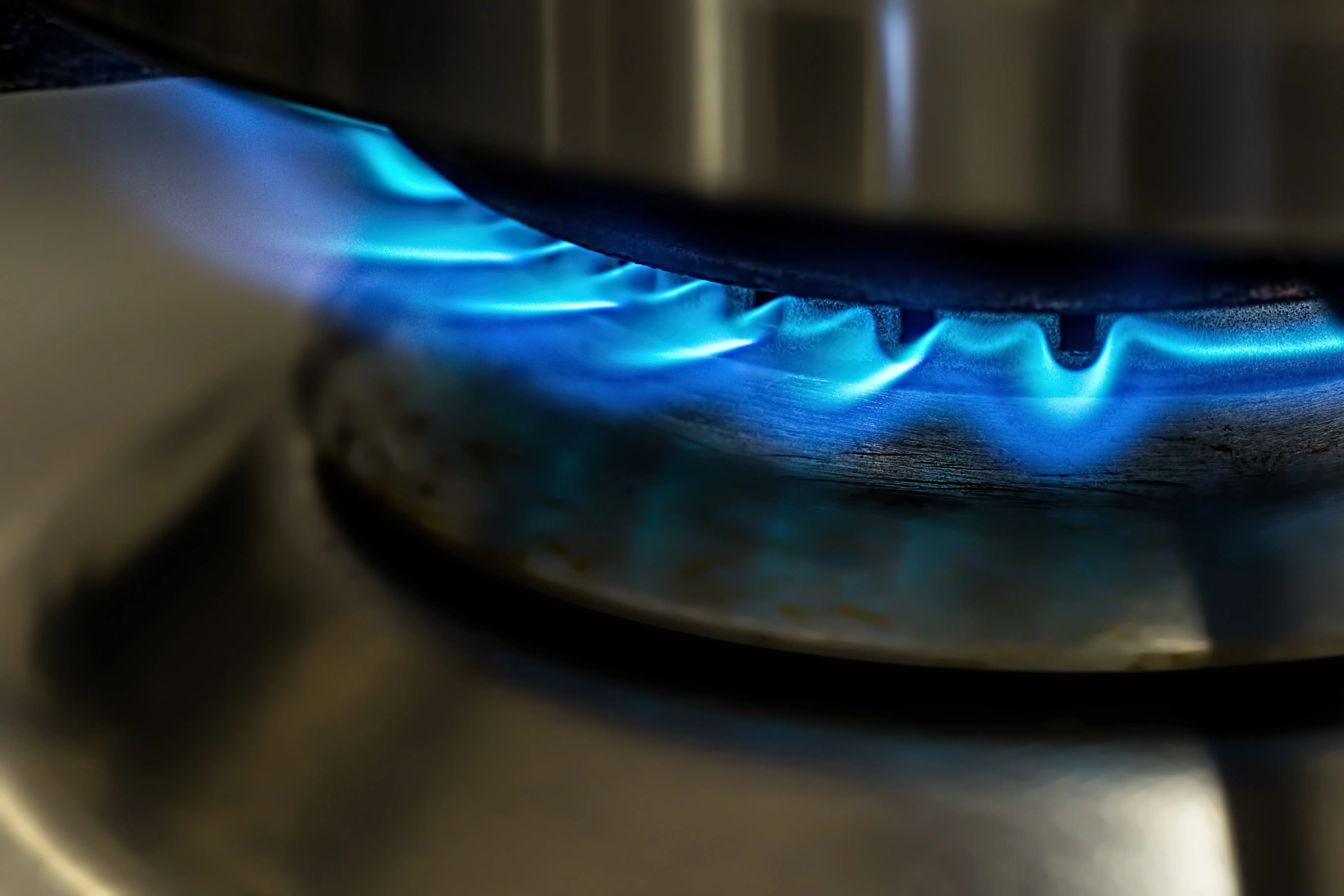
Common Issues & Factory-Proven Fixes
Even with perfect cookware care, issues like rainbow tints or rare rust spots can happen. Don’t let clients worry—these take 2 minutes to fix:
- Rainbow Tints (Heat Discoloration): Not a Quality Issue! When clients see rainbow hues, they may panic: “Is the pan broken?” Assure them: these are harmless oxide layers. Advise them to mix equal parts vinegar and water, dab it on the tint, let it sit for 5 minutes, then gently scrub with a soft sponge. Rinse and dry—that’s it. Our factory’s after-sales team uses this daily; it’s simple. Relieving clients’ concerns cuts down on your after-sales workload.
- Rust Spots: Rare, But Fixable! Chancescook’s 18/10 chromium-nickel alloy makes cookware highly rust-resistant. However, if wet food is left in the pan too long (a common oversight in busy kitchens), small rust spots may form. The fix: mix baking soda with a drop of water into a paste, rub it on the spot with a soft cloth (circular motions work best), rinse thoroughly, and dry immediately. If the spot remains, repeat once—it will lift. Reassure clients: rust spots don’t mean the pan is ruined. For those in bulk cooking utensils wholesale, avoiding unnecessary returns directly reduces cost losses.
Storage: Small Habits, Big Results
Storage is another step you need to take when talking about cookware care. Commercial kitchens have lots of cookware, and poor storage causes scratches and warping. These tips are used in our factory warehouse—pass them to your clients:
- Place soft cloths/paper towels between stacked cookware: Almost cost-free, but it prevents surface scratches. This tip gets the best feedback from our restaurant cookware wholesale clients, who report a 30% drop in “cosmetic damage” returns.
- Use felt or silicone pot protectors: Cheap and reusable, these are designed for stacked cookware to prevent scratches and dents. As a China skillet factory, we use these in our own warehouse—they’re highly practical.
- Hang on pot racks if possible: Small commercial kitchens lack space; pot racks save room and keep cookware off the floor (reducing dents). We reinforced the hanging holes of our skillets specifically for this scenario—clients notice these thoughtful details.
Acerca de Chancescook
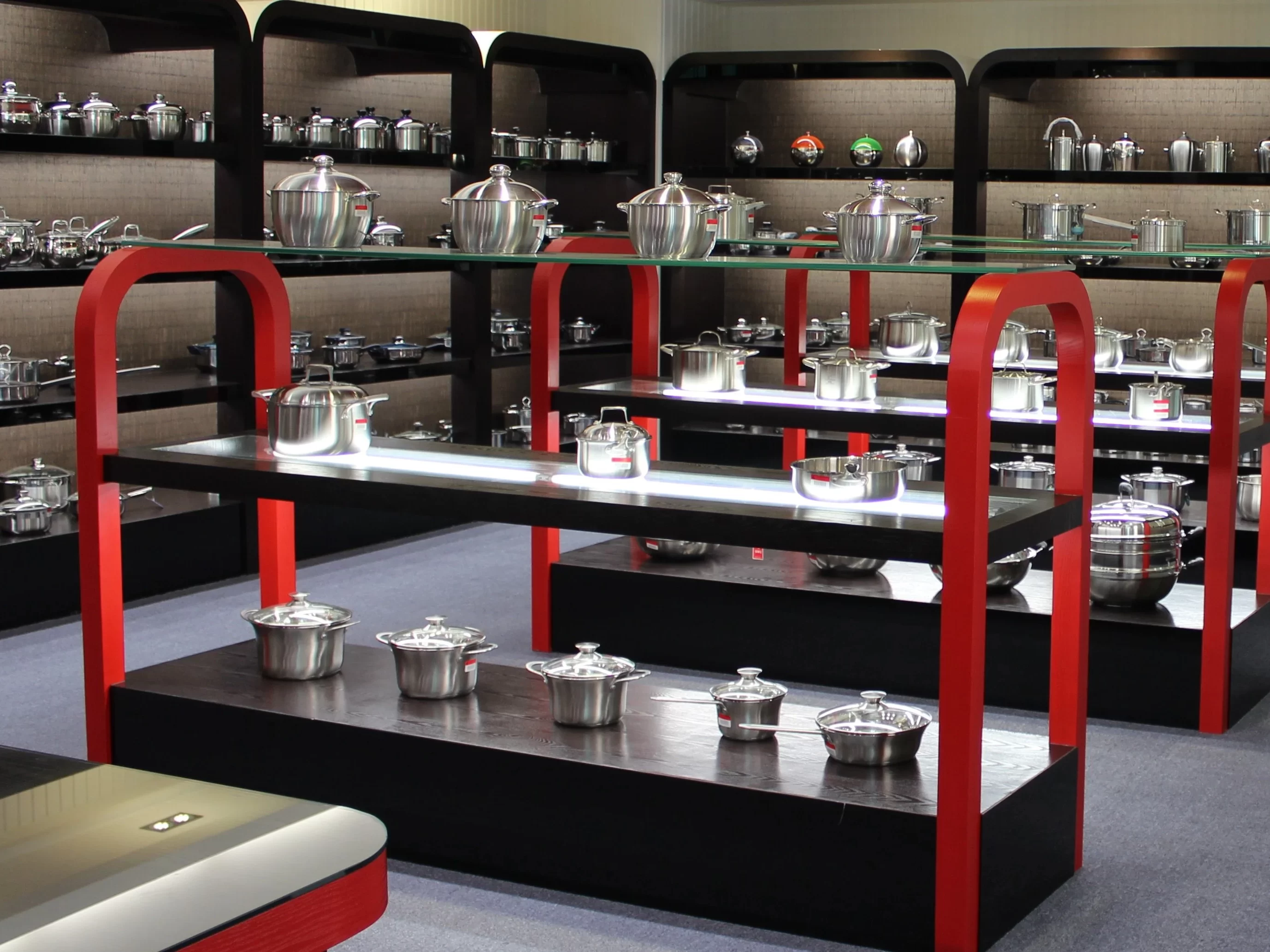
At Chancescook, we see ourselves not just as your cookware factory, but as your market partner.
- For restaurant cookware wholesale y bulk cooking utensils clients, better care means fewer returns and higher margins.
- For private label cookware clients, consistent care standards strengthen your brand reputation.
- For OEM fry pan exporters, clear maintenance guides reduce overseas service issues and help you win repeat contracts.
Our 18/10 stainless steel cookware lasts over a decade in commercial use. That durability saves your clients’ money, reduces replacement cycles, and builds confidence in your brand. And we are supporting soluciones personalizadas en baterías de cocina de acero inoxidable for your special business needs.
This guide is part of our service commitment — helping you support your customers with professional, factory-backed care knowledge.
Conclusión
In the commercial kitchen world, product durability isn’t just a technical spec — it’s a business strategy about cookware care. Well-maintained utensilios de cocina de acero inoxidable can last more than a decade, directly lowering operational costs for your clients and easing after-sales pressure for you as a supplier. Proper cookware care doesn’t require expensive tools or complex procedures; it’s about consistency, smart daily habits, and simple preventive steps that protect the product’s integrity over time.

